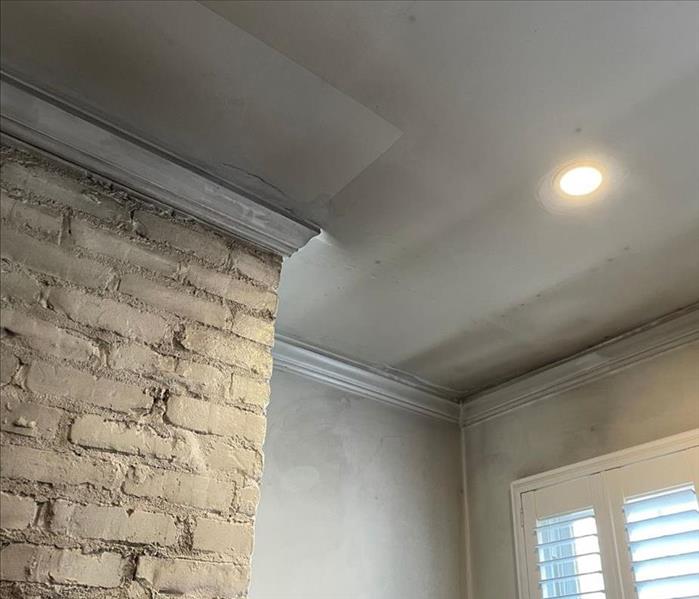Understanding Soot Damage
6/8/2021 (Permalink)
Soot is a highly acidic airborne contaminant made of tiny carbon particles created by the incomplete combustion of fossil fuels like wood, oil and coal. Individual soot particles are nearly microscopic - even smaller than dust. They easily travel through ventilation systems before attaching to a surface. Accumulated soot appears as a dark black residue and emits a smoky, ashy odor.
Is Soot Dangerous?
Simply put, yes. Soot accounts for over one quarter of the total hazardous pollution in the air and is known to cause various types of cancer and lung disease.
During a house fire, both natural and synthetic materials burn. The resulting soot particles can contain acids, chemicals, metals, dust and other hazardous materials. These toxic particles then stick to surrounding surfaces, like walls and ceilings, leaving you and your home exposed to the harmful effects.
How To Clean Up Soot
Soot removal is a difficult and sometimes dangerous task. It’s acidic nature makes it very challenging to remove and simply scrubbing or wiping may only further the damage.
If you’re dealing with a relatively small amount of soot, removing it yourself may be manageable. Wear protective gear and ensure proper ventilation by leaving a nearby window open. Vacuum the damaged area and use a special chemical sponge to wipe the affected surface.
If you have significant soot damage- call the experts. SERVPRO of Society Hill has years of experience in fire, smoke and soot damage cleanup. Call 215-772-1203 to schedule your complimentary estimate today!






 24/7 Emergency Service
24/7 Emergency Service
